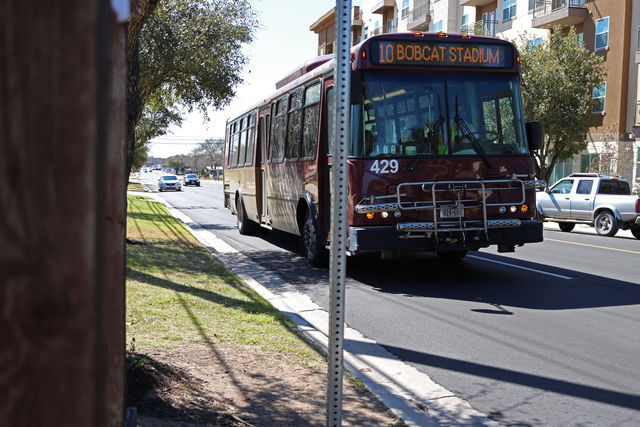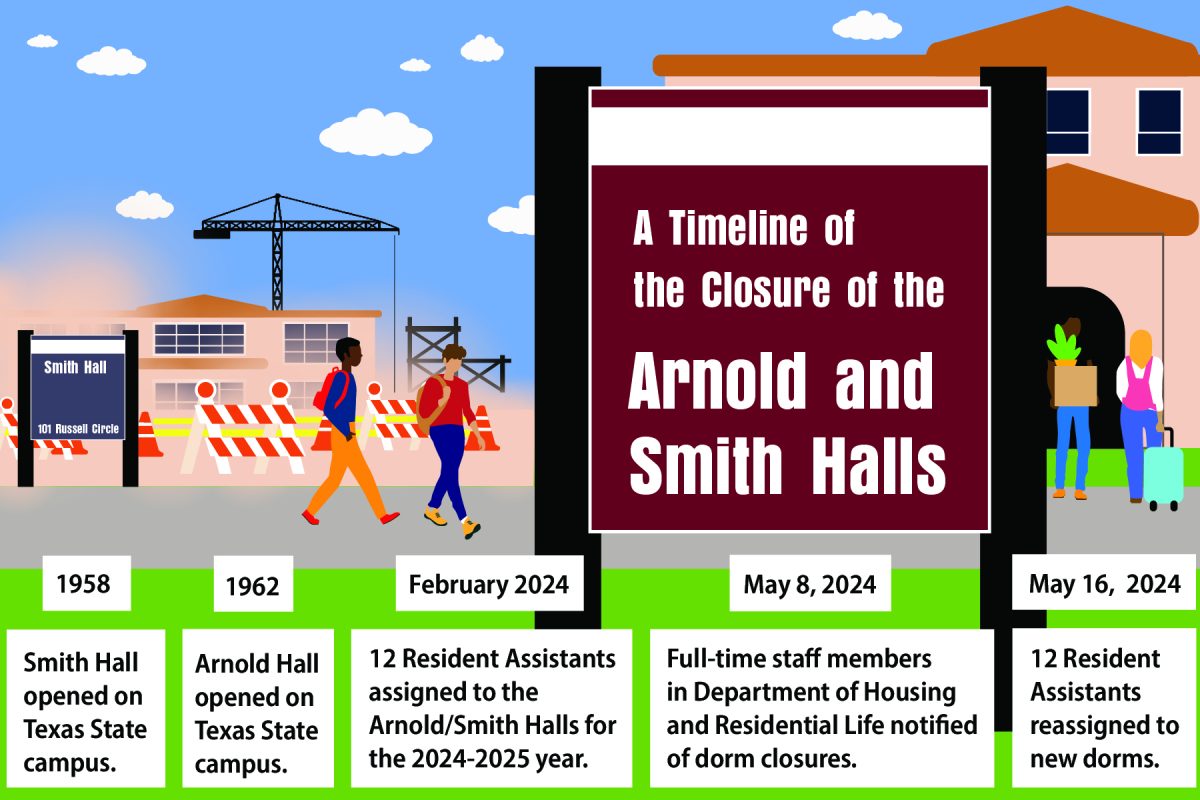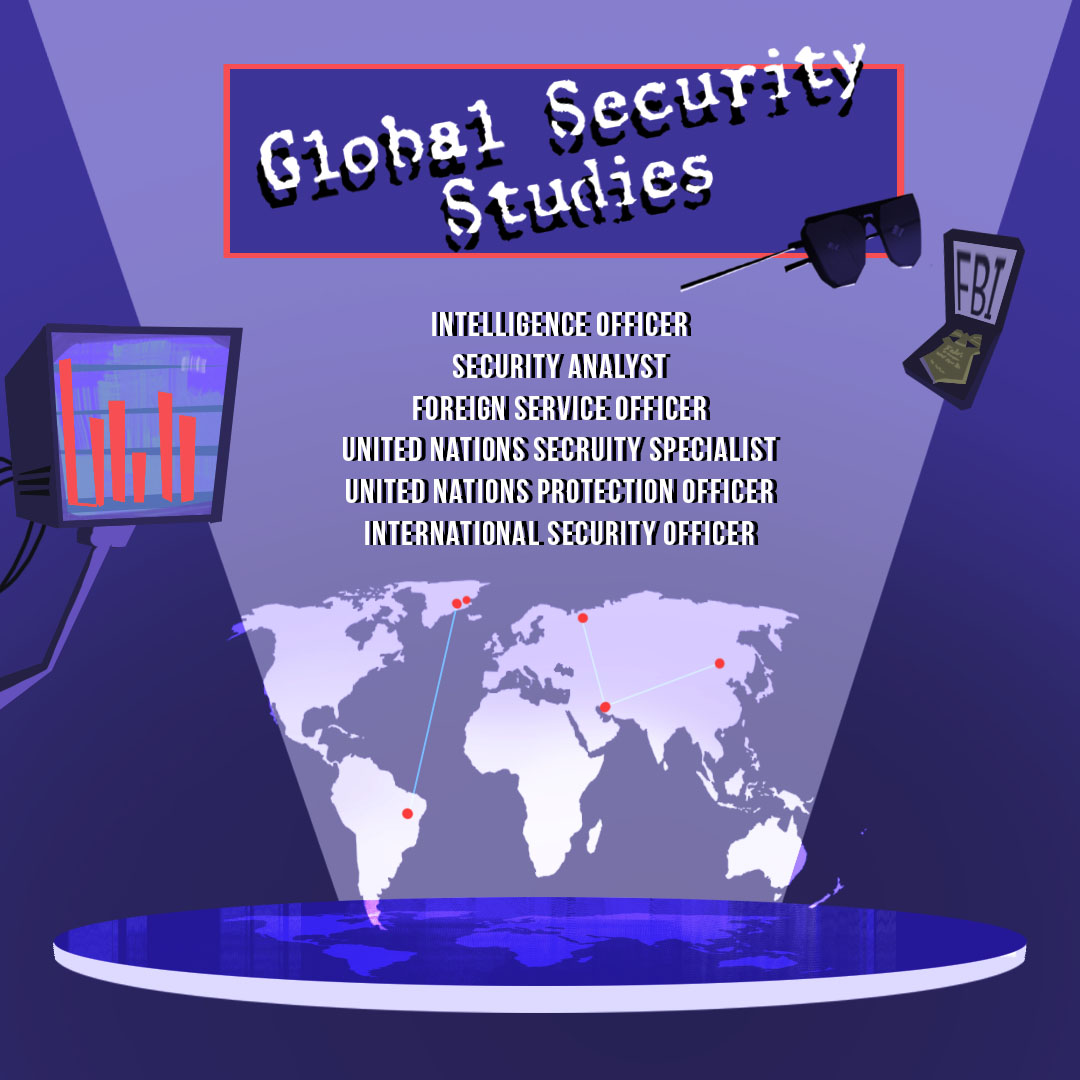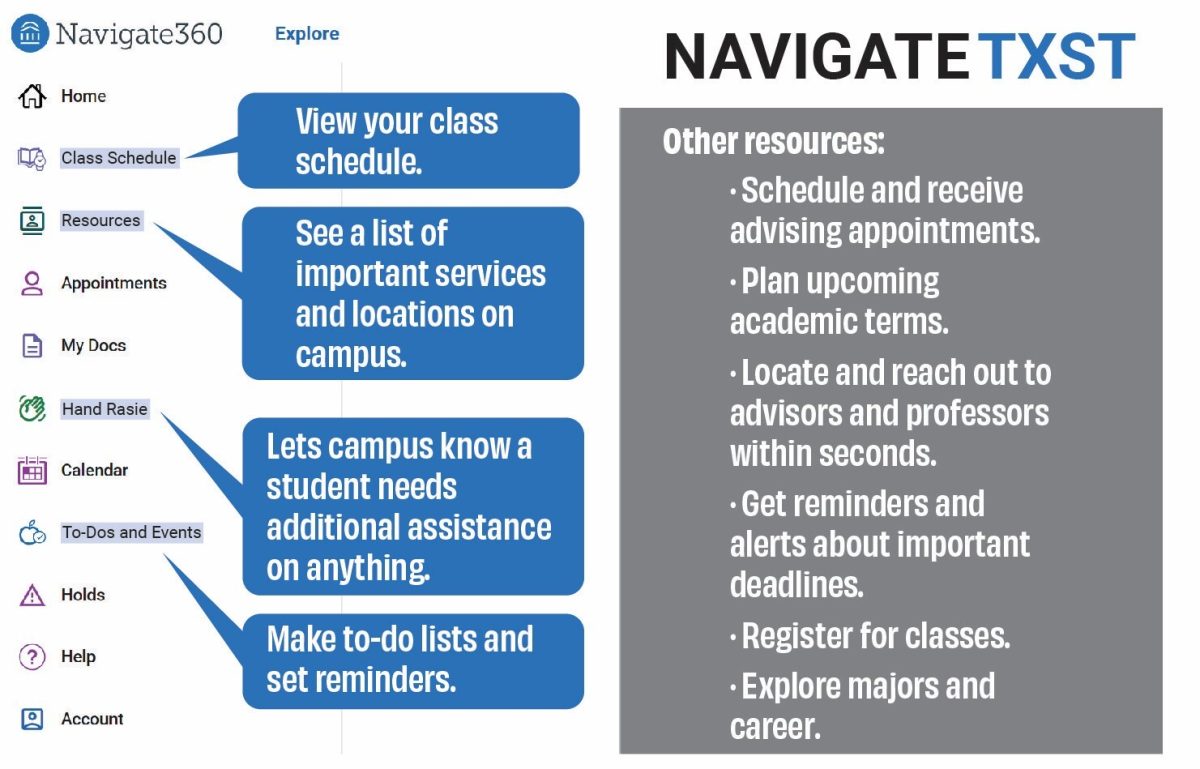A recent rise in gas prices has presented a challenge for Texas State students living off–campus and outside of San Marcos. As they adapt financially and search for solutions to their problems, an expert on Texas State transportation weighs in and offers advice to ease their spending and transportation worries.
President of Anime Lovers at Texas State, Yainet Palmero, a criminal justice junior, drives from New Braunfels to San Marcos to attend class and hold biweekly club meetings on campus. Lately, filling up on gas to make the trips has cost a lot more than usual.
“[Gas] lasts me like a week, maybe five days if I have to go to the meetings of my club so it’s just very difficult,” Palmero said.
In addition to her on-campus classes, Palmero takes online classes at home where she also must care for a child. She has felt the impact of the current rise in prices and said the higher the gas prices are, the more money she sets aside. For her, gas money that used to be $25 a week is now $45.
In Texas, gas prices have increased around 65% since last year. According to the U.S. Energy Information Administration, in March of 2021, retail gas prices in Texas averaged $2.40 a gallon. This March, the price of gas was up to an average of $3.98 per gallon.
Palmero, who works at Amazon, said that not everyone is fortunate to have a good-paying job to pay the cost of a tank that will last one week.
“I feel like it’s hard for anybody to just like put, you know, fifty bucks of gas into a car, especially for college students because we don’t have that,” Palmero said. “We either get paid minimum wage or we get paid the average.”
Palmero does not own a commuter parking permit because arriving early to campus to avoid traffic and park at the Edward Gary Street Garage is a better deal for her given the frequency of her campus visits.
She understands that Texas State has no power over gas prices; however, she feels that having available parking closer to campus might encourage students to attend classes.
In close proximity to Palmero is U’nyla Johnson, a mathematics sophomore, who lives in Converse, Texas. Her drive to campus lasts nearly an hour and the distance makes it difficult for her to attend campus events or study sessions.
“Adding 40 minutes to an hour, or just an unknown amount of time because you never know how traffic is going to be out of that equation, hasn’t always been the best,” Johnson said.
She plans an hour for driving to campus to ensure she makes it to her lectures. Recently, she missed a class because of traffic caused by an accident. Although gas is not a major problem for her, planning a drive or paying to park at the LBJ Student Center Garage to arrive at class on time is difficult for her as a commuter.
“That sucks to have to pay to park when you have a permit but sometimes, I’m getting there late,” Johnson said. “And if I park in the big parking lot, I don’t have time, or I’ll be really late for class.”
Johnson drives a 2014 Nissan Sentra and uses economy mode on her commute to Texas State. She owns the $115 annual commuter parking permit and believes it’s a good price. She said the LBJ Student Center Garage is convenient, but she likes the commuter permit because it’s affordable, and she enjoys walking to class.
When she has to fill up on gas, she uses the Walmart app to save money.
“I try to use the Walmart app because if you have a gift card on the Walmart app and you go to a Walmart gas station specifically, you can get like three cents off the gallon,” Johnson said.
Steven Herrera, director of Transportation Services, oversees the Bobcat Shuttle and parking services at Texas State. His responsibilities include monitoring fuel prices and managing a fuel budget. According to Herrera, transportation services is sometimes able to save money by budgeting more for gas than they expect to use. Recently, however, gas prices have exceeded the department’s expectations.
“The increase has affected us as well as everybody that goes to the gas pump, but we have to monitor it and we, you know, we budget for a certain amount of fuel,” Herrera said. “Currently it’s way higher than what we budgeted, so we have to monitor it. And then we need additional funds, and we would look at our reserves to define that.”
Tucker Shepherd, a business senior, lives south of Kyle, Texas, and has also been affected by the recent rise in gas prices. In March, the price he pays to fill up his 2018 Kia Forte increased from $20 to $50. He uses a spreadsheet to budget his fuel expenses and hopes that prices will go down soon.
“When I heard that it was going up, I went and filled it up in full,” Shepherd said. “And then I just, you know, ever since then, I’ve been paying in spurts until it goes down again.”
Shepherd said that he always drives in economy mode to maximize his gas mileage. He also gets most of his assignments done at home so he can limit the time he spends driving. Since he is currently unemployed, saving money on gas helps him with his other expenses.
When the pandemic put a hold on face-to-face classes, and there were fewer students on campus, Transportation Services adapted to the decrease in shuttle riders by changing its route frequencies. When face-to-face classes resumed, they increased to what it was before the pandemic.
Herrera reminds students to benefit from using alternative transportation like Bobcat Shuttle, The Bike Cave, Spin Scooters and Nite Cats.
In 2014, Transportation Services opted into adding the Bobcat Shuttle to an app called DoubleMap that monitors real–time bus activity. Commuter students can use it to track buses on the Off-Campus and Campus Routes, which include stops at Bobcat Stadium, Bobcat Village and the Campus Loop.
Herrera said most commuter parking takes place on the parking lots at Bobcat Stadium and Bobcat Village. on Mill Street, lots he said fill up quickly in the morning. He said that commuters can save time on parking and use less gas.
“It’s pretty convenient, in my opinion, to come into campus right off the highway, park at the stadium and within eight minutes, you’re on the bus coming back to campus,” Herrera said.
For more information on Texas State’s alternative transportation services, visit https://www.transportation.txstate.edu.
Students explore campus transportation services as gas prices rise
April 27, 2022
Donate to The University Star
Your donation will support the student journalists of Texas State University. Your contribution will allow us to purchase equipment and cover our annual website hosting costs.
























